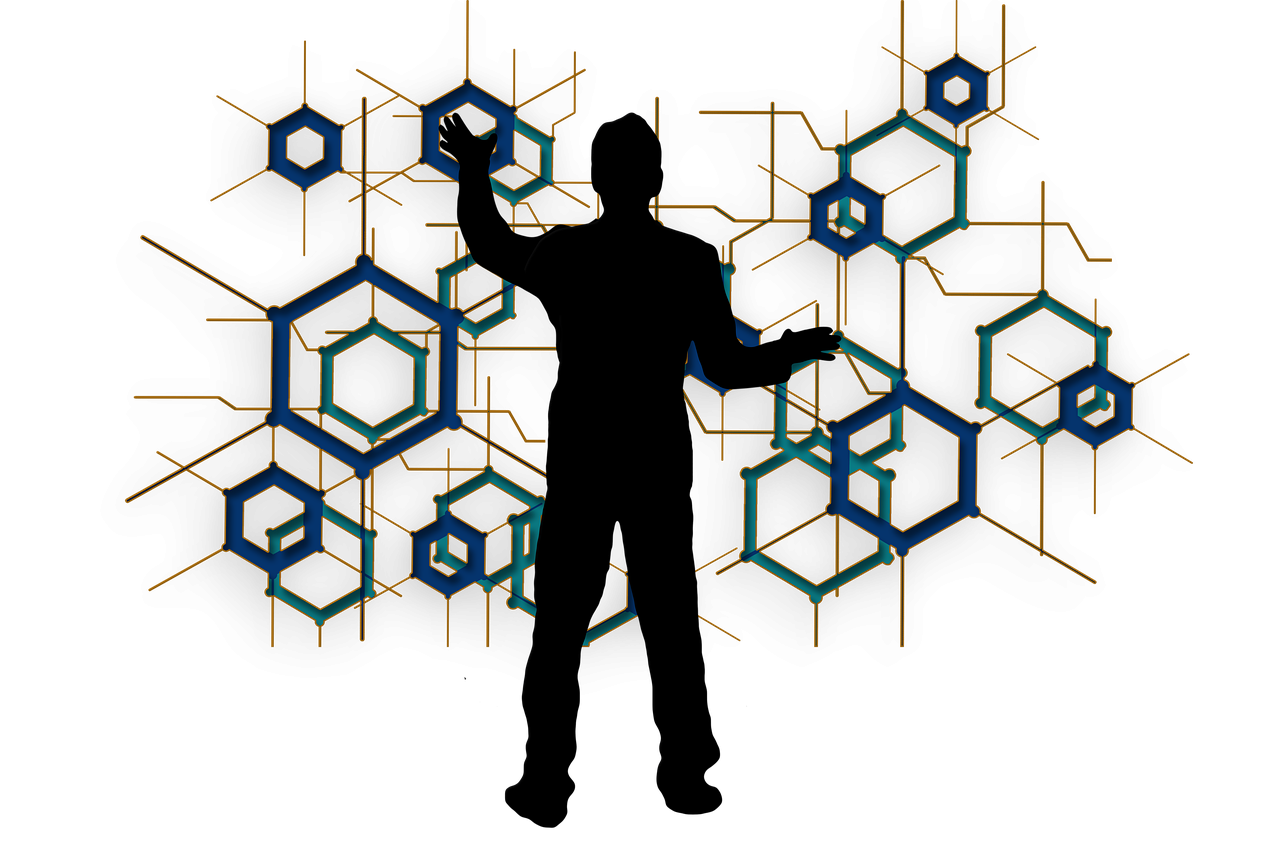How the 8 Layers Integrate to Create Measurable Outcomes
When people talk about “smart offices,” they often picture touchscreens, room booking panels, digital signage, Smart workplaces are no longer defined by single technologies, one-off upgrades, or isolated digital features. They are ecosystems — living, connected environments where experience, data, systems, and space work together to support how people actually work.
The 360 Smarter Stack provides a structured framework for achieving this. Each layer has a purpose and a value, but the real transformation happens when the layers are designed and delivered as one integrated strategy — from vision to implementation to ongoing optimisation.
Today, we bring the full model together and explore how the eight layers interact to create measurable, meaningful impact.
The 360 Smarter Stack (Quick Recap)
| Layer | Focus Area | Purpose |
|---|---|---|
| 1. Vision & Value | Strategy & business case | Defines why the workplace needs to evolve |
| 2. Operations & Culture | Behaviours & change | Ensures people adopt and sustain new ways of working |
| 3. User Experience | Interaction & journey design | Shapes how employees and visitors feel and engage |
| 4. Applications & Services | Digital tools & software | Delivers functional workflows and collaboration |
| 5. Data & Context | Analytics & insights | Turns building behaviour into actionable intelligence |
| 6. Integration Layer | Interoperability & middleware | Ensures systems talk to each other in real time |
| 7. Systems & Devices | AV, HVAC, lighting, sensors, access control | Enables automation, responsiveness, and control |
| 8. Physical Environment | Space layout & infrastructure | Creates the physical foundation for digital experiences |
Each layer is critical.
But their power is cumulative.
From Layers to Outcomes: How Real Integration Works
A smart workplace works when the layers are deliberately aligned — like gears in a single machine.
Let’s walk through how value flows downward and upward across the stack:
1 → Vision drives everything
Without a clear reason and defined success metrics, smart building projects drift.
A strong vision clarifies:
- What good looks like
- What to measure
- How to prioritise investment
The vision becomes the anchor layer.
2 → Culture determines adoption
Even the most advanced workplace fails if people don’t use it.
Training, communications, engagement, and continuous feedback embed change.
Technology succeeds when culture supports it.
3 → User experience designs the journey
Here we define:
- How a person enters the building
- How they book a room
- How they start a meeting
- How they transition through the space
This layer protects people from complexity.
4 → Apps and services make it real
Smart does not mean more technology.
It means the right tools, made easy to use, available when and where needed.
5 → Data creates insight
Once the building comes alive with sensors, apps, and user activity:
- Patterns emerge
- Bottlenecks can be resolved
- Sustainability and utilisation become visible
Data turns workplace experience into something measurable and improvable.
6 → Integration unlocks automation
Instead of each technology being its own island…
This layer makes the building responsive.
Booking a room → Triggers access permissions → Adjusts HVAC → Activates AV → Tailors lighting
This is where the magic happens.
7 → Systems & devices carry out the actions
Sensors, controllers, and AV systems execute real-world interactions.
This is where automation becomes physical reality.
8 → The physical environment grounds the experience
The smartest building fails if:
- The room layout is awkward
- Lighting is uncomfortable
- Acoustics make meetings painful
Space is the anchor of the human experience.
The Outcome: A Truly Smart Workplace
When all 8 layers work together, your workplace becomes:
✅ Intuitive — because user journeys are seamless
✅ Adaptive — because spaces respond automatically
✅ Measurable — because data is continuous and contextual
✅ Efficient — because energy and utilisation are optimised
✅ Human-centred — because the environment supports wellbeing and focus
This is where smart is no longer a technology project.
It becomes a business capability.
What Success Looks Like (Measurable Outcomes)
| Outcome Area | Example Metrics |
|---|---|
| People Experience | Employee satisfaction, NPS, productivity feedback |
| Space Utilisation | Meeting room occupancy, desk booking usage patterns |
| Sustainability | HVAC energy reductions, lighting optimisation gains |
| Operational Efficiency | Reduction in service tickets, predictive maintenance outputs |
| Financial Performance | Cost avoidance, reduced waste, space consolidation insights |
When measured consistently, these outcomes create a continuous improvement loop.
The building becomes smarter over time.
Conclusion: Smart Delivery Requires 360 Thinking
Successful smart workplace transformation isn’t about installing technology.
It’s about designing an interconnected ecosystem — where physical space, digital tools, human experience, and business goals operate as one.
The 360 Smarter Stack gives organisations the blueprint to do just that.
Smart is not a product.
Smart is a strategy.
Smart is a journey.
Smart is a system of systems working together.
And with the right approach — that journey is measurable, practical, and scalable.
Download the Smart Office Readiness Checklist to see where your organisation stands.
Explore our Foundation and Practitioner Courses to start building capability with the 360 Smarter Stack.

No responses yet